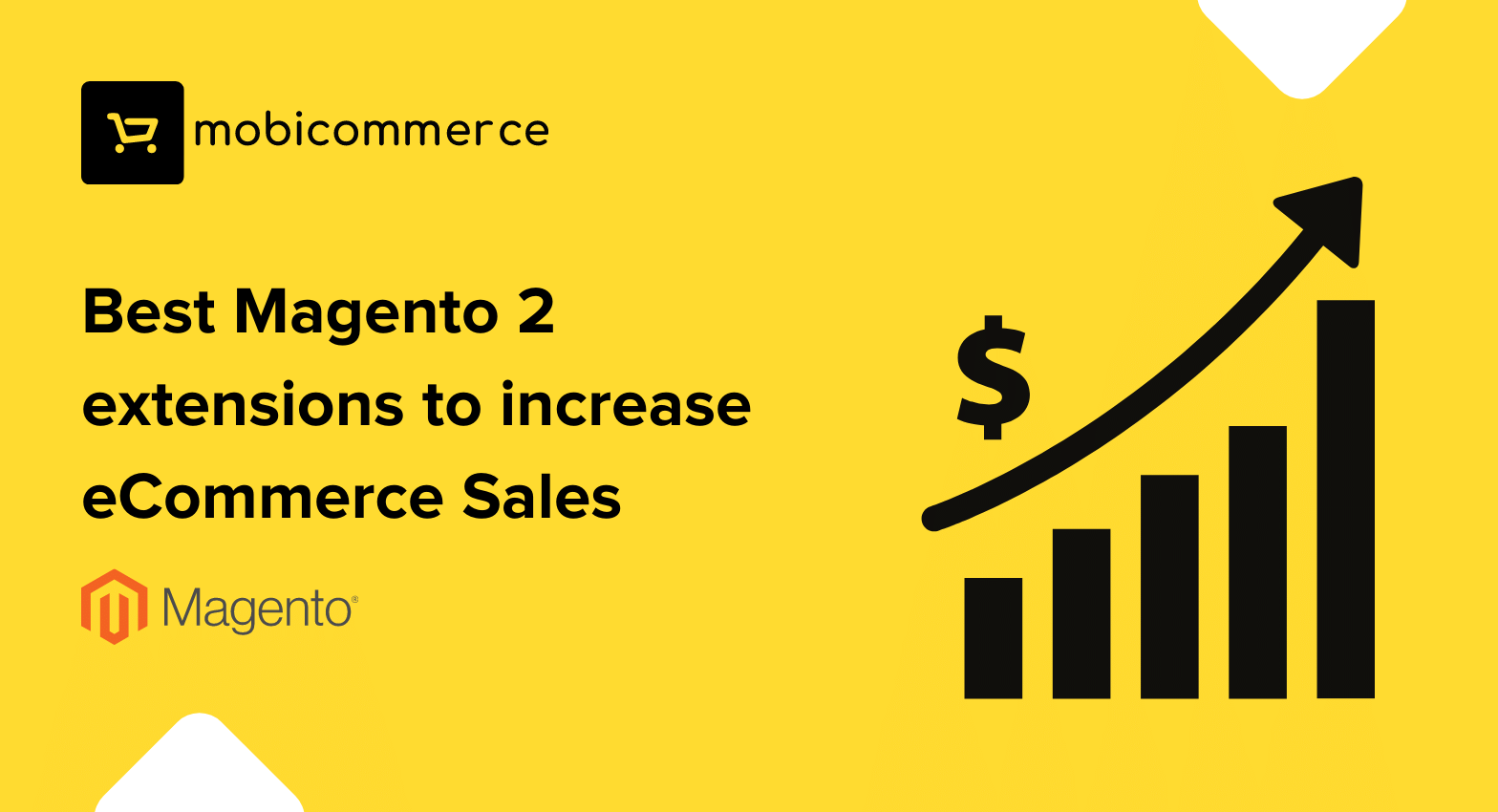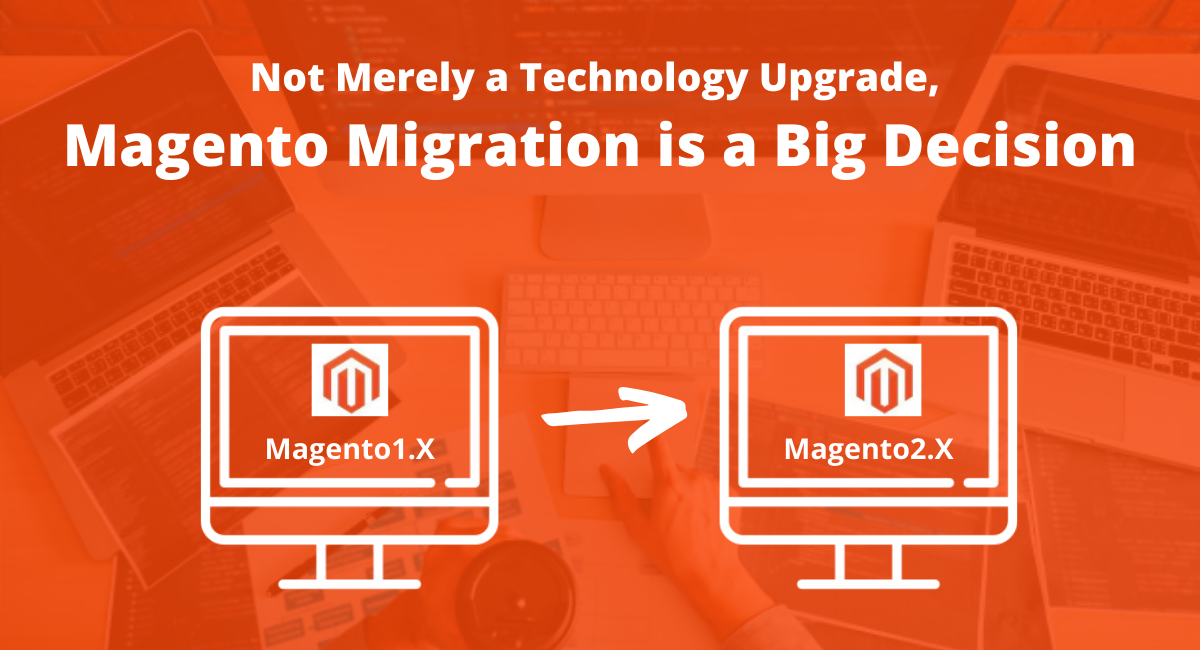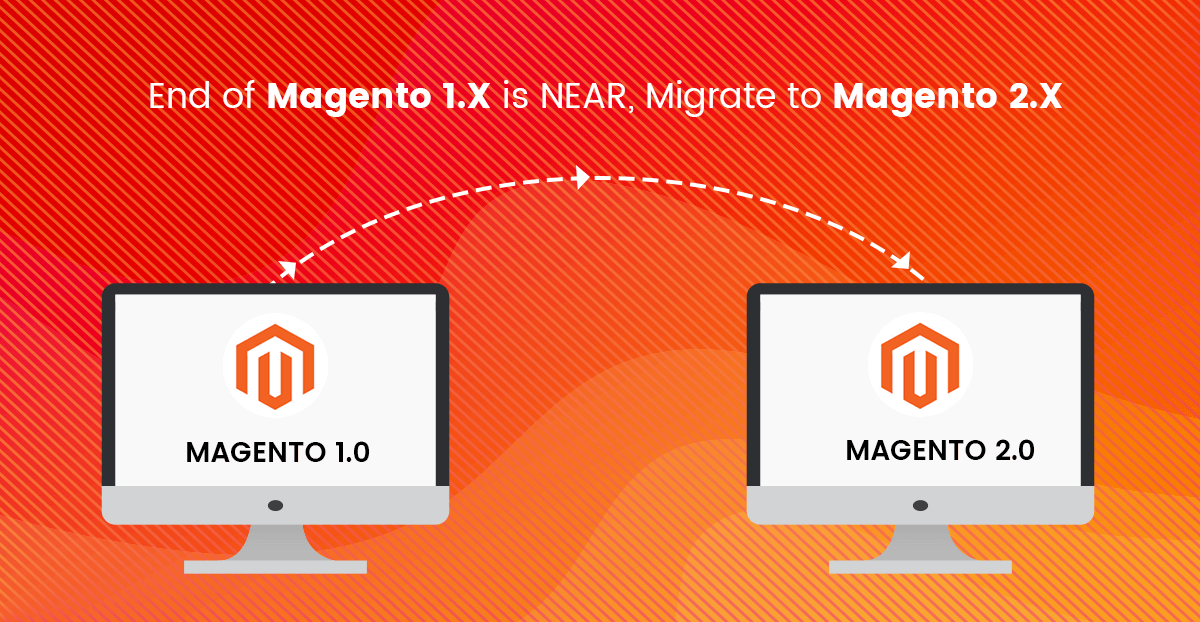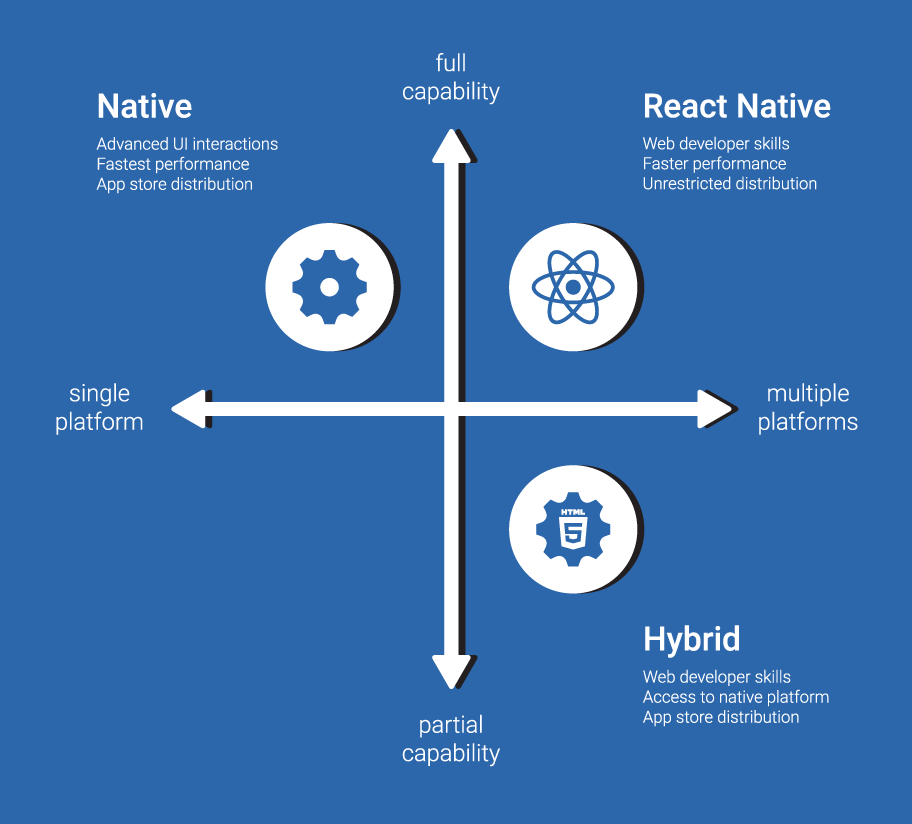Introduction
Magento 2 can be considered as one of the most reliable and widely used eCommerce platforms currently available in the market as it has helped a lot of businesses in increasing sales and becoming successful.
Talking about increasing sales, a BONUS TIP here would be, to also learn Magento mobile app development to boost the growth of your business and make it stand out in the market. But for today, I am only going to be talking about the best Magento 2 extensions to increase eCommerce sales.
Even though there are a lot of other platforms available online but Magento development services should be your best choice as it has a more quality and comprehensive feel about it.
Therefore, here I have listed some of the best Magento 2 extensions which will help you boost your business!
Why You Need The Best Magento Extensions
With the extreme competition in the market, it becomes essential for a store that other than giving good sales, it also provides the best return on your investment.
There are multiple things that Magento merchants can do to increase their sales like building an e-commerce app for android and IOS or using the best Magento Extensions for their website.
These Extensions help you to improve the efficiency of your Magento 2 store, and give your customers the seamless experience they want and increase your sales.
Best Magento 2 Extensions for Business in 2021
- B2BeCONNECT for Magento
This is a B2B extension for Magento that provides B2B functionality within a Magento store.
When it comes to changing any eCommerce store, B2B is the next big thing. This Magento plugin turns any basic Magento store into a store that is full of features. Through its amazing service offerings, a B2B Magento business serves a wide range of consumers.
- Magento 2 Shop By Brand
Customers can use this extension to explore the dedicated brand pages of their preferred brands before making a purchase.
This extension assists merchants in creating numerous brands with logos and names, as well as promotes some of the most popular brands.
- TaxJar Sales Tax Automation for Magento 2
TaxJar Sales Tax Automation is the finest Magento 2 extension out there since it deals with account calculations and financial-based business activities.
It aids in the automation of a variety of corporate activities such as sales tax collecting, reporting, and filing, and many others.
It can also help you connect with channels like Amazon.com
- Layered Navigation
This extension is one of the most downloaded Magneto 2 extensions. This is mainly for businesses that have a lot of different kinds of products.
With this extension, buyers can click on a category, and it will display the products that match the criteria they applied.
While clients are visiting your store, this helps to reduce clutter and confusion increasing the chances of the buyer staying for a longer period and buying your products.
- InstantSearch+
It analyses a visitor’s activities by showing them the most closely matched products first, which helps in the conversion of as many visitors as possible. Along with this function, it also includes other features like AutoComplete, Individual Results, and more.
- Authentication
This extension prevents your website from spyware and maintains a list of trusted IPs.
By enabling additional authentication protocols for visitors, this plugin helps speed up the purchase and checkout process. This prevents hackers from interfering with payment procedures.
- Auto Select Shipping Payment
The checkout screens are never-ending, therefore to avoid scrolling and go straight to the money confirmation page, you should use this extension.
It allows customers to skip to the final stage of the process after selecting their preferred shipping option, making it quicker for them to buy and exit.
- Multi-Channel Marketplace Selling Integration
It enables online businesses to use a single platform to list and sell products on numerous prominent marketplaces.
This is also a useful tool for cross-border selling, as it allows you to sell Magento products on Amazon, eBay, and Walmart.
- Magezon Page Builder
Magezon Page Builder is a set of tools that allows you to build and maintain your Magento website. You can easily configure product descriptions, site structure CMS Page in seconds using this extension.
- Magento One-step Checkout
Abandoned client carts are the last thing a Magento business wants to deal with. This plugin improves the checkout process, lowering cart abandonment by 66 percent, cutting checkout time by over 80%, and leading to an increased conversion rate (more than 30%). The One-Step Checkout addon allows you to check out in only one step.
- Bingo ElasticSearch
If you use this plugin, the search results appear instantly.
Furthermore, this plugin has a thorough search box that is capable of understanding both singular and plural words. It also has catalogs, products, characteristics, and admin features.
- Nosto Personalization
Nosto is another great Magento eCommerce development extension for allowing the display of personalized product recommendations for buyers online. Nosto provides AI-powered shop personalization. It analyses data points in real-time across a whole store and allows users to create, deploy, and optimize marketing campaigns.
- Magento 2 Marketplace Extension
This extension allows you to sell products just like popular markets like Amazon, eBay, etc.
The admin, in particular, has complete control over the store, including advanced reports such as bestsellers, most seen products, a line chart for sales statistics by day, month, and year, most recent orders, and a list of the top countries that consume the products.
You can also design an attractive theme to display your products.
- Magento 2 Contact Form Extension
This allows online store owners to quickly and easily add an easy contact or feedback form for customers to fill. The information is communicated with the business owner in a few minutes after the form is submitted using Flexible Magento 2 Contact form Extension.
Conclusion
So, these were the 14 extensions that you can use for improving your online eCommerce store, for more sales, and for increasing your profits. Do check them out and make your eCommerce store stand out!












